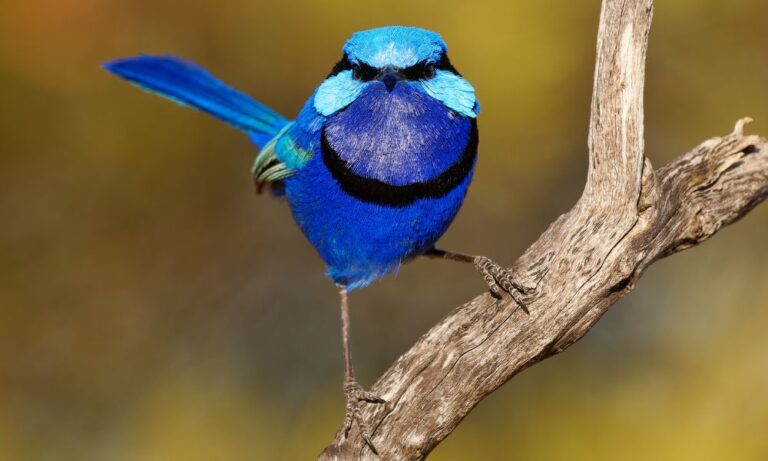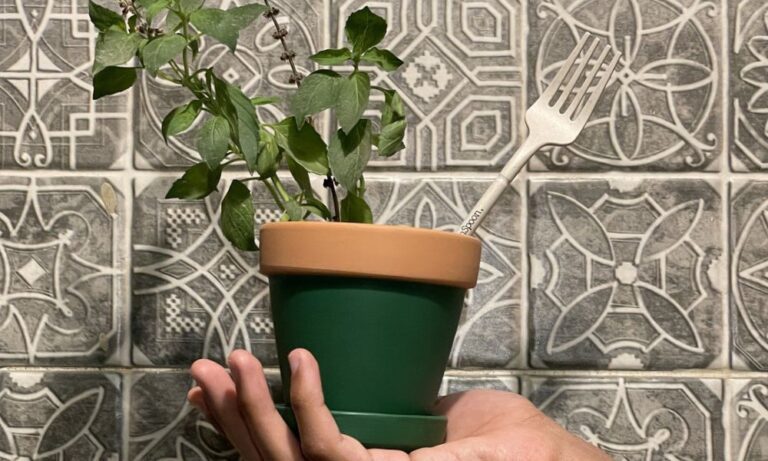It is that time of the year again.
The time of the year when the Australian Reptile Park puts out an, admittedly unusual, call to members of the public asking for help in catching the funnel-web spider, one of the deadliest species in the country, if not the world.
According to the BBC, since 1981 dutiful citizens have captured thousands of spiders and taken them to the Reptile Park, which extracts venom from the spiders claws and uses it to produce an antidote. Male spiders are favoured as they produce more toxic venom than females.
The programme is life-saving. It means an antidote can be made to save people who are bitten by the spider – about 65 people were bitten last year alone. The antidote, which is incubated in rabbits (that suffer no ill effects) takes nine months to create and lasts only 18 months.
There have been 13 recorded deaths from funnel-web spider bites in Australia but nobody has died since the anti-venom programme began.
The park needs at least 200 male funnel-web spiders every year to produce enough venom for the antidote – but last year it only collected 100, the BBC said.
“We do not have a shortage of the antidote yet. But if we continue to get these numbers every year, then we will have a problem and potentially a shortage,” spider-keeper Stacey Denovan told the BBC.
The funnel-web lives in gardens and trees across Australia and starts to multiply in November.
How to catch a funnel-web spider
- Wear gardening gloves, trousers, and covered shoes
- Get a glass jar with a wide mouth, remove the lid, and pierce it for air holes.
- Invert the jar over the spider, then slide a piece of heavy cardboard or solid plastic under the opening to cover it.
- Right the jar, keeping the top covered.
- Make sure the spider is at the bottom before dropping a moist cotton bud into the jar (the spiders dry out easily and need moisture), then put on the lid.
- Keep it away from direct sun and heat.
Source: NSW Government – Office of Enviornment and Heritage, Australian Reptile Park







